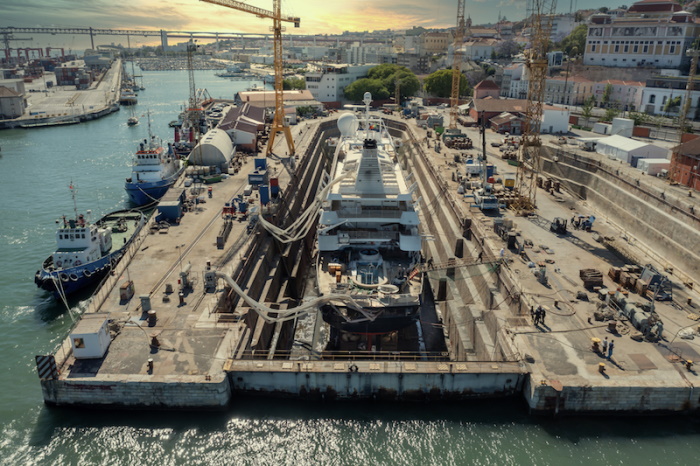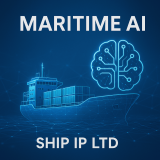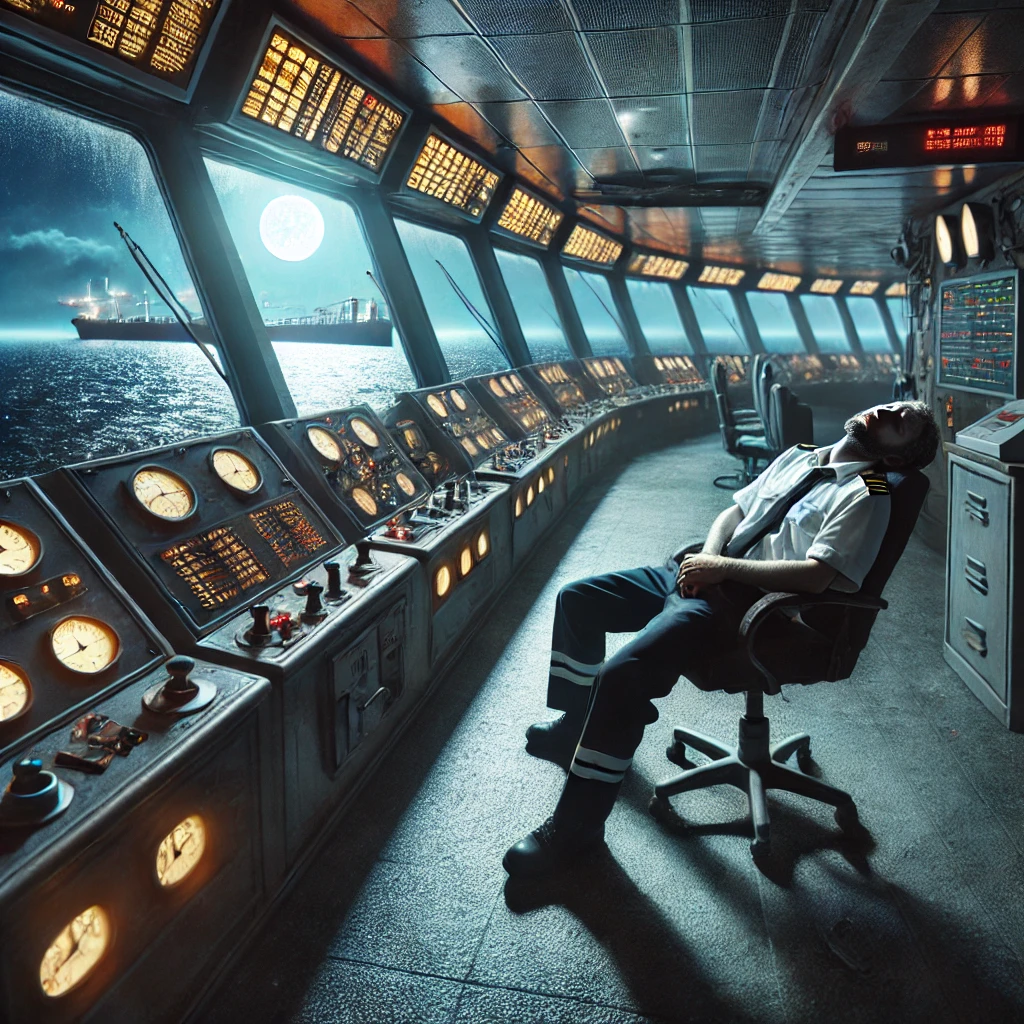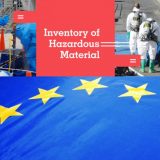September 20, 2022 GENERAL
FORCE Technology has launched an online simulator to provide remote access to maritime navigation simulation for the purpose of testing planned port and harbour construction projects.
The new SimFlex Cloud for engineering studies unlocks time and cost savings during the planning and design phase of maritime infrastructure projects as proposed developments can be evaluated in real-time and under highly realistic conditions without the requirement to visit a physical simulator facility.
SimFlex Cloud for engineering studies is an expansion of maritime simulator developer FORCE Technology’s SimFlex Cloud simulator, a dedicated SaaS (Software as a Service) solution offering realistic navigation simulation for training purposes. It expands the company’s engineering design and testing services making them fully available online, helping customers to reduce costs and accelerate the planning phase by providing easy remote and real-time access to highly accurate environment simulations based on the proposed structural and/or vessel routing changes.
All new environmental model designs are created by FORCE Technology engineers within weeks of receiving the engineering plan so they can be quickly assessed by professional captains, pilots and navigators using any of the 700 mathematical ship models in the SimFlex Cloud vessel database. SimFlex Cloud for engineering studies introduces the new possibility of immediate online access for testing at any time and from anywhere with a stable broadband connection.
Navigators and bridge officers charged with harnessing their real-life experience to verify the impact of port and harbour design changes can operate their vessel models using a mouse and keyboard, a specially designed operator console for desktop simulation and can even operate their vessels in the first person using SimFlex Cloud’s new Augmented Reality (AR) functionality. Further, SimFlex Cloud for engineering studies provides the capability to automate test routes and specific maritime operations in order to produce trustworthy data over continuously repeated activities.
SimFlex Cloud for engineering studies enables verification of the impact of any new maritime infrastructure, from large turnkey projects to smaller more localised work. Design test applications include navigation in relation to new or removed seamarks; the effects of the design and location of piers including width and location of landing channels; conditions for arrival/departure in existing or new ports; vessel movements in relation to both frequency and time, which contributes to the precise assessment of e.g., the risk of grounding; moored ship movement at open or closed facilities; and maneuverability in shallow waters.
“Engineering design verification is a key service provided by the expert team at our state-of-the-art simulator facility in Kgs. Lyngby, Denmark,” said Jan Michelsen, head of department, simulation, ports & training at Force Technology. “Providing online access to these services through the introduction of SimFlex Cloud for engineering studies is a natural step that will help to optimise our customers’ workflows and allow them to make the most of their infrastructure planning & design budgets. The system also enables us to support customers from further afield, as online access significantly reduces the need for first-hand time with our full-mission simulator.”
Source: https://thedigitalship.com/news/electronics-navigation/item/8057-force-technology-expands-maritime-navigation-simulator-services












